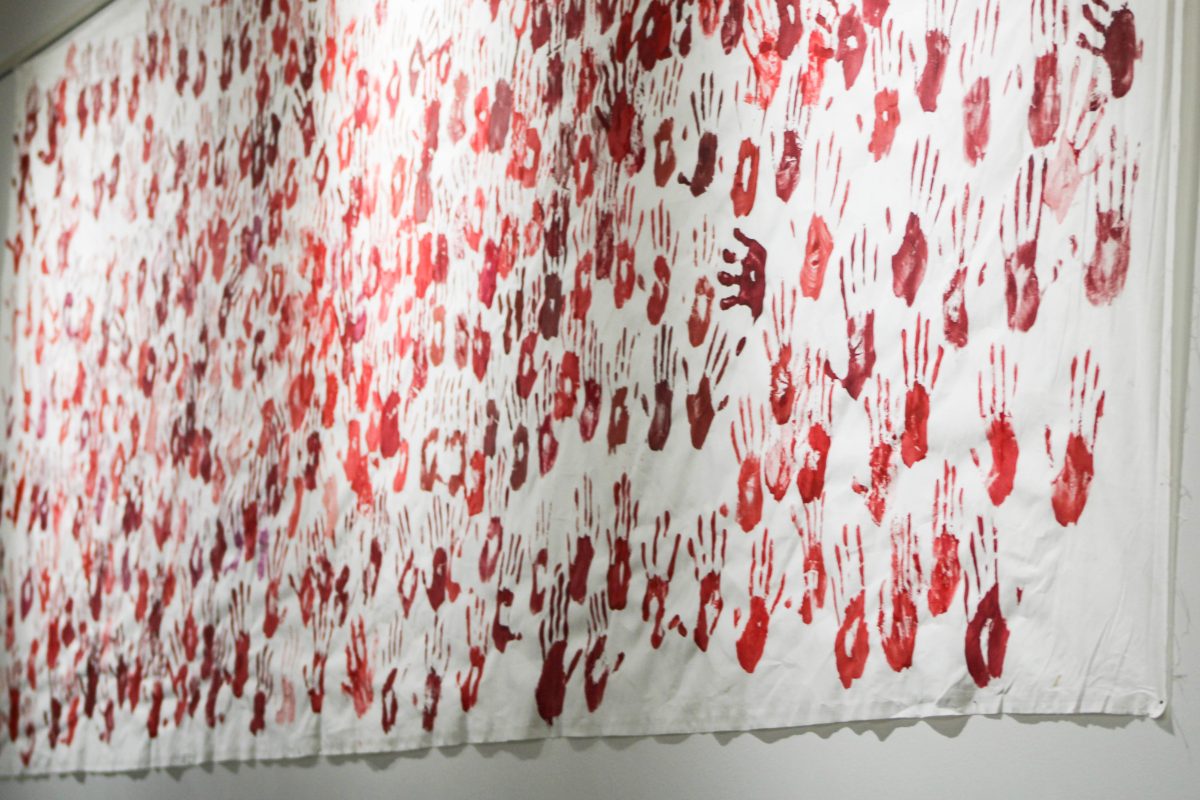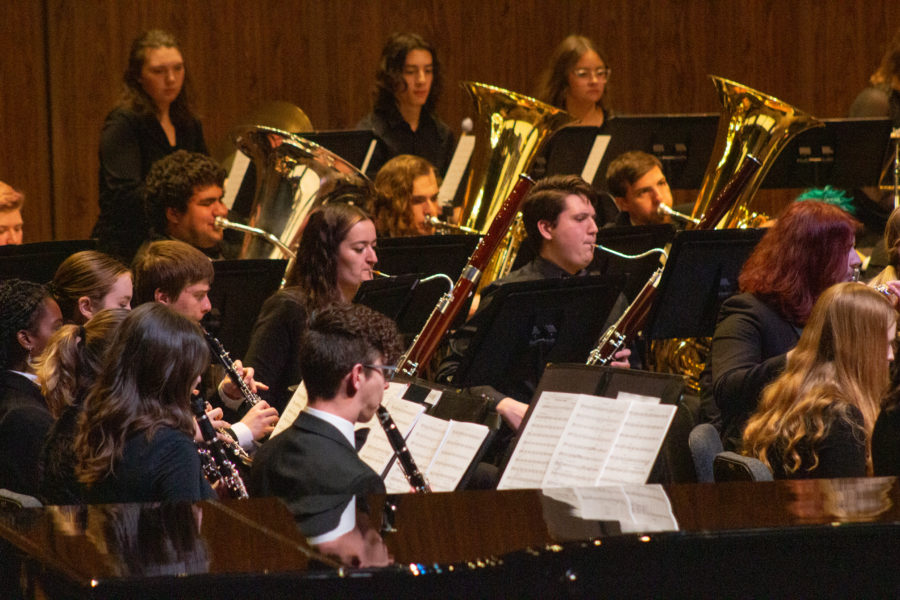
Some of the most popular movies about the Holocaust are “The Pianist,” “Life is Beautiful” and “Schindler’s List,” but the Center of Diversity and Unity concluded its Holocaust Remembrance Week on Thursday by presenting the documentary “Paper Clips.”
The film tells the story of how some middle school students in Whitwell, Tennessee, a rural community of less than 2,000 people, created a project to raise awareness about the Holocaust and tolerance.
The story began when Whitwell Principal Linda M. Hooper asked the Assistant Principal David Smith to create an after-school project to teach students about tolerance.
Smith and instructor Sandra Roberts began by teaching students about the Holocaust. During these classes, Smith told the students that about 6 million Jews were killed.
Students were overwhelmed by the number, so they asked if they could collect something that would help them understand the number better as well as to represent the lives that were annihilated.
Hooper told them they could do it as long as it was something representative of World War II.
After an internet search, students found that Johan Vaaler, a Norwegian, created a loop of metal similar to a paper clip, which was used by Norwegians during the war as a silent sign of objection against the Nazi.
The students decided to collect 6 million paper clips to represent the Jews who were killed between 1939 and 1945 by the Nazi regime.
At the beginning, the project developed slowly despite the students’ efforts. The project didn’t take off until two German journalists, Peter and Dagmar Schroeder, who were born during World War II, wrote about the project in Germany.
The students started to receive letters and packages from more than 20 countries.
As part of the project, students also had the opportunity to meet and hear the stories of different Holocaust survivors.
The project did not stop there. Students decided they needed a place to keep all the paper clips and decided to erect a memorial, which was inaugurated on November 2001.
The project that started in 1998 with the goal of collecting 6 million paper clips exceeded the goal by 2004, collecting a total of 24 million paper clips.
Teresa Holt, diversity adviser at the Center of Diversity and Unity, said that the Holocaust Remembrance Week at Weber State University was created to help students understand what the Holocaust was.
“I think it was a good movie; it showed a good cause,” said Lora McFarland, a WSU student.
Holt said a lot of people don’t think the Holocaust really happened and that is important for students to remember it, so it never happens again.
“Right now, there are genocide issues going on in other countries that we don’t talk about,” said Holt. “When we talk about these things, we make people aware so that they can take action.”














